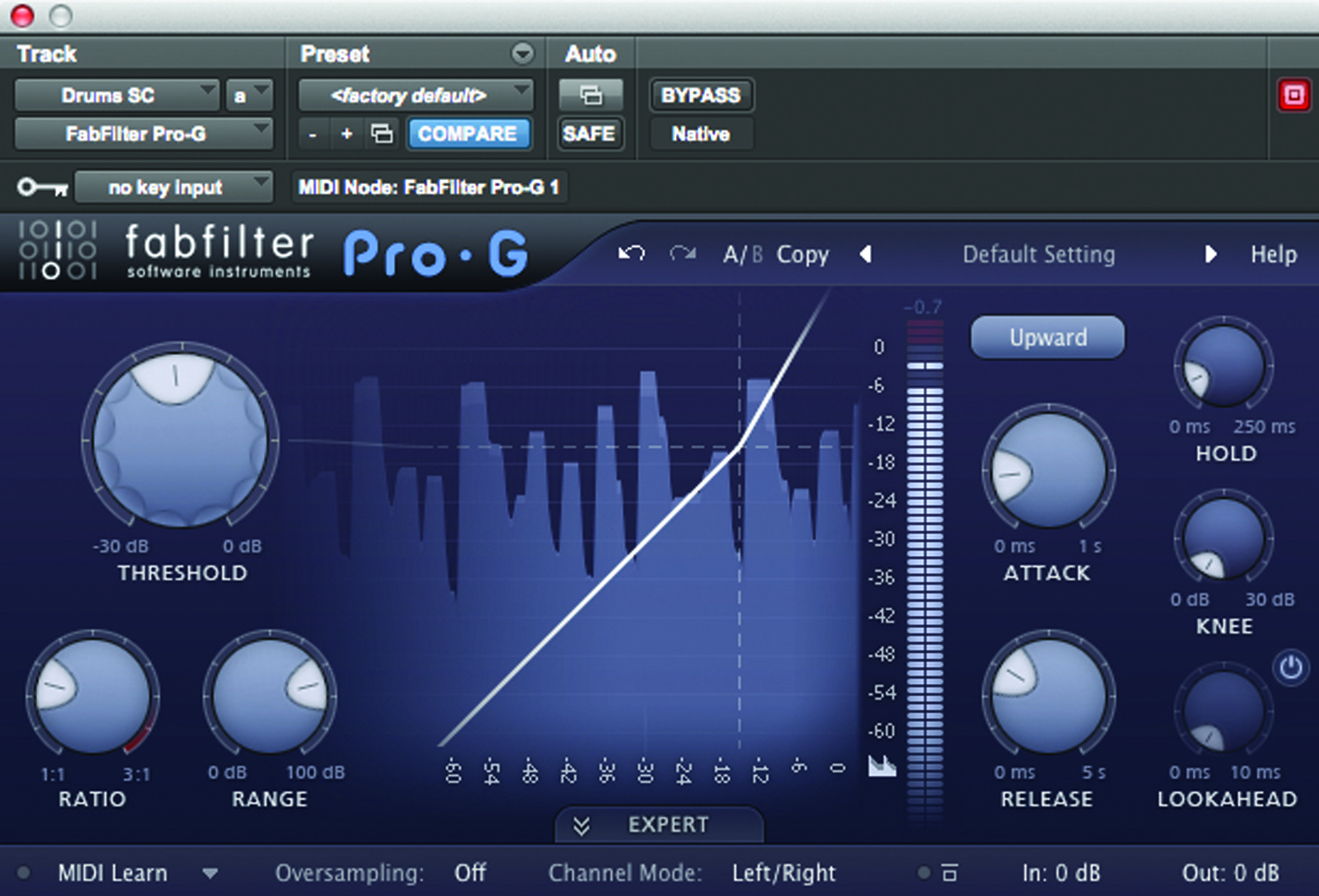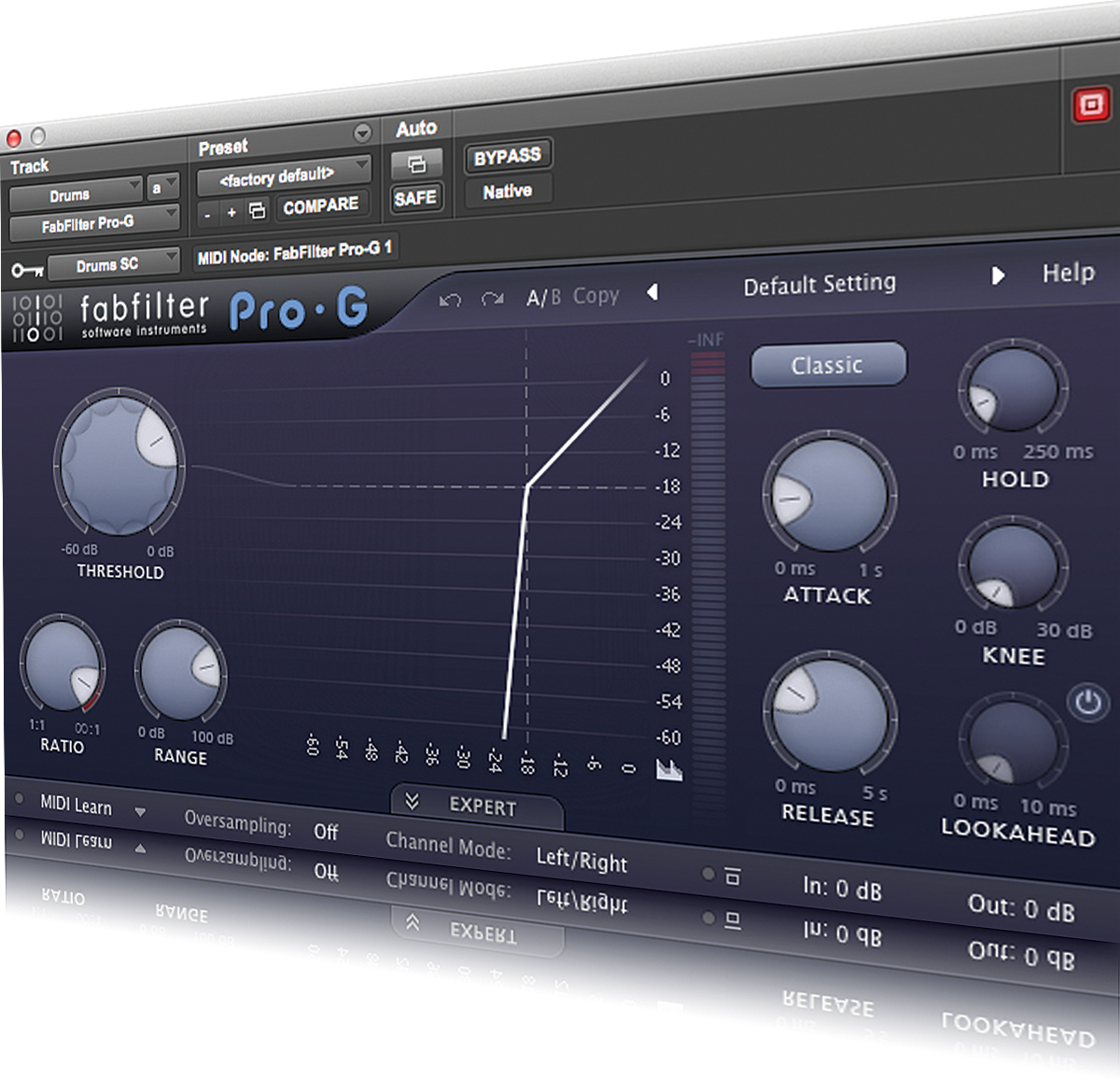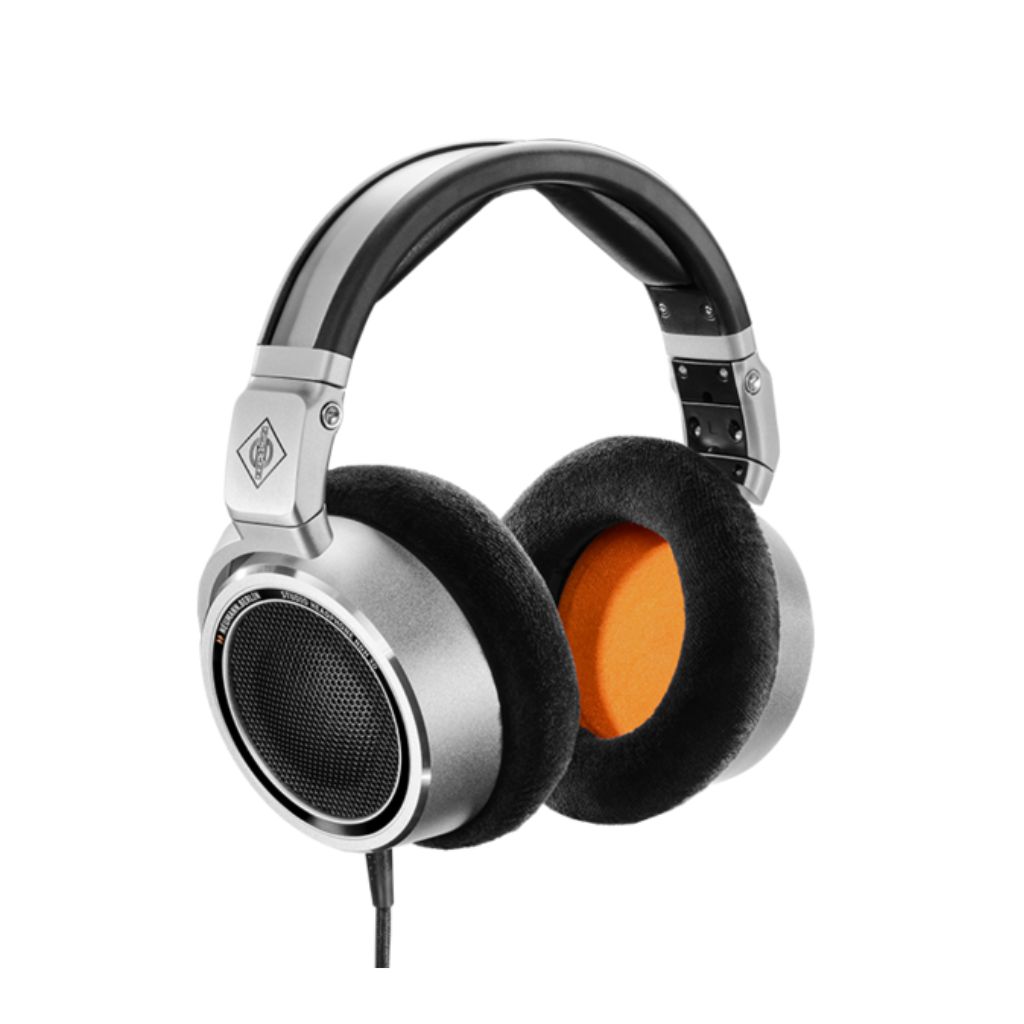Pro Tools Tutorial: Digging Deep Into The Sidechain
Use a sidechain filter to boost your frequencies, remove the low-end, and improve your track no end. Mike Hillier gets the lowdown… Sidechain compression is a classic trick, and one we’ve discussed frequently in MusicTech. It usually involves using a kick drum to trigger the compressor on another track, such as a synth pad, to […]

10: Alternatively, if you want to really clamp down on the peaks in your mix, you could place an expander across the sidechain, forcing the compressor to respond more than usual to the peaks in your mix.
Use a sidechain filter to boost your frequencies, remove the low-end, and improve your track no end. Mike Hillier gets the lowdown…

Sidechain compression is a classic trick, and one we’ve discussed frequently in MusicTech. It usually involves using a kick drum to trigger the compressor on another track, such as a synth pad, to create a pumping sound.
This can be a great trick and has been used to great effect on many dance hits. But it is only one of a myriad of techniques that can be employed using the sidechain to create unique and interesting compression effects.
Many compressors, even those without an external sidechain, feature a sidechain filter. This takes a separate copy of the audio signal, filters the low-end and uses the filtered signal to trigger the compression. The compressor, however, continues to act on the dry, unfiltered signal. This is particularly useful for preventing a track from ducking in response to excess low-frequency energy. But with an external filter we can get far more creative in our use of filtering, opting to use our own favourite EQs, or even other effects in the sidechain.
The creative benefits of this are huge. By using a fully featured EQ instead of the built-in filters we can shape the incoming signal in any way we want, not simply by removing low-end, but by boosting frequencies that we do want the compressor to respond to.
Understanding how the compressor is going to respond as you do this can get quite complicated, and remembering that the compressor is still acting on the full, un-touched signal is key. Removing low-end results in the compressor ducking the signal in response to mid- and high-frequency material, producing a stronger, more present low-end.
While boosting the low-end in the sidechain would result in the compressor ducking the signal more in response to the low-end, producing a bass weak mix.
The same is true across the spectrum: as you boost the signal going into the sidechain, the compressor will push the mix down more in response to this frequency, which will have the effect of lowering that frequency in the mix.
In fact this is how early de-essers worked, in that they would filter out all of the signal apart from the sibilance in the compressor sidechain, therefore ducking the whole signal whenever the sibilance pushed the compressor into gain reduction.
This is similar then to multi-band compression, except that with multi-band compression only that frequency band is reduced, whereas by reducing the full spectrum in response to a specific range, using the sidechain can result in a much more natural sound.
But why stop with EQ? What would happen should you add dynamics processors, such as another compressor, across the sidechain? This would reduce the dynamic range of the sidechain signal, causing it to cross the threshold of the primary compressor less often, reducing the amount of compression that occurs, but also smoothing off the level of gain reduction, and lengthening the attack and release.
This can be useful if you want to compress a signal without reducing the transients. Add a limiter to the sidechain to chop the transients off before they hit the primary compressor sidechain detection circuit. The compressor will now only respond to the signal after it’s been limited, ignoring the transients and letting them through un-compressed.
Focus On External Sidechains
Many plug-ins and hardware units have external sidechains, not only compressors. Once you’ve got your head around the concepts described here you could easily apply them to other types of effects, such as gates or expanders.

How about triggering a gate on a kick drum only in response to the very low-end, in order to prevent accidental mis-triggers by the snare? Or filtering the low-end off from the snare’s sidechain, to prevent the kick from triggering it?
Step By Step – Adding a Sidechain Filter
[metaslider id=34907]

